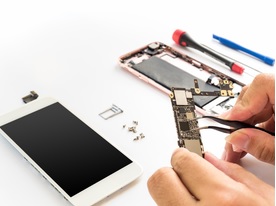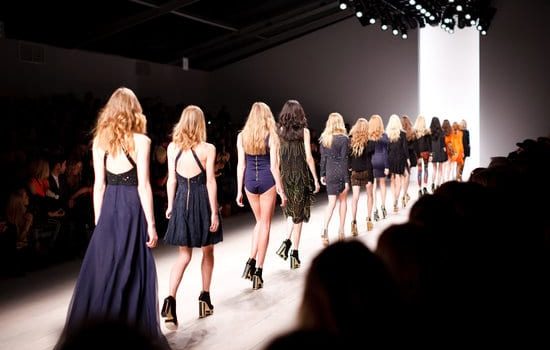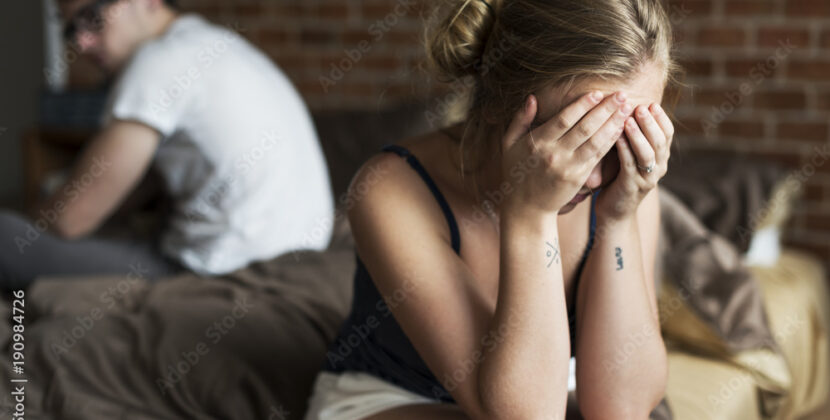
Designers need a commercially strong style series, no matter their promoting approach. It needs to be commercially feasible, which means it must be affordably made and with a watch in the direction of what’s going to sell. The collection must also meet the desires of all shoppers. Click here
Remember, excellent rankings over another thing within the style industry. It is the only crucial aspect that makes customers feel top about themselves and pushes them to repeatedly go back to your piece. Key vital factors to preserve a set for the fashion seekers Style Statement
A robust series can highlight the relationship between various items and a universal subject matter. The main element of an extraordinary series is a signature style that has to have its very own style and forte. Unless your product offers something new or exceptional, why would customers strive for it?
One can also watch any top designers out there; they all have specific imprints on their collections. A clothier’s signature style will make them recognizable right away. This unit sets them aside from other designers. The signature fashion could be specific colorations, shapes, or materials. But how they are used within the designs makes the distinction in distinguishing them from others.
But keep in mind overdoing matters can backfire. Make sure you stick with the policies of simplicity and high quality.
-
Collection of Essential
Designer collections are regularly curated to be worn together. But many designers also have collections around a single product that sells in distinctive colorings and sizes
For instance, Longchamp is famous for its nylon bag collection. A business residence can begin by determining the design they want to promote and the form of commercial enterprise they need. Most people begin with an available product and then feature more merchandise later.
It’s uncommon, but occasionally humans begin with a commercial enterprise model and later add specific forms of products for their clients. Improve the layout of your multi-item collections with those hack
Many designers achieve developing a cohesive collection, everyone with a standout item. For example, they will make an unmarried material thread the focus of the design. Everyone has unique styling abilities; however, what’s important is to enhance the gathering on show continuously.
Explore collection length
When showcasing a group, many designers aim to have at least 12 pieces or styles. This creates a thriving collection of pipelines. The dressmaker can do more if he has more considerable finances.
A more vast series will give different styles and increase the clothier’s exposure. This may even make the target market apprehend the dressmaker’s versatility.
It is vital to remember that if the designers specialise in a selected product category, this can bring about a massive range of objects. Working on 12 styles, for instance, as a garb fashion designer, may bring about at least 24 separate items, tops, and bottoms.
Designers have to consider the gathering in terms of its depth and breadth. Include various pieces that permit the purchaser to locate what they want.
When developing an outfit, you ought to recollect the coloration. Would you sell the designs in an available shade choice or offer more options for shoppers? Another element is sizing. However, it must no longer trade the collection’s presentation.
However, newbies or green designers may ask other designers about acceptable sizes. This can result in destructive effects.
Small companies regularly need to pay more attention to comparing themselves to more notable brands to discern how much stock they need to deliver. They look at what the more distinguished businesses are doing but overlook that their clients might be at different lengths than theirs.
Quantity versus high-quality
Depending on the emblem, fashion strains can range from some items to 100+. The manufacturing minimums for a set are generally excessive and require vast sums of cash. Add to this the variety of coloration alternatives, sizes, and materials, and these prices can quickly pile up.
Unless the amount of patterns supplied is nicely curated, having extra alternatives is a downside. More special patterns will almost continually confuse customers. They may see it as a sign that the organisation has lousy decision-making abilities.
Productive designers must be difficult on themselves and trim something redundant that asserts nothing about their work. Remember the golden rule “nice over amount.” However, if you have to get admission to each, there’s not anything to love about it.
Pricing
Successful collections must offer consumers coloration, product preference, and pricing alternatives There are 3 types of clients that most businesses will come across. Customers who’re new to the brand and merchandise. Customers who know the logo but have yet to make a purchase.
The customer who has purchased at least one product.
Design houses can tailor communications, income pitches, and advertising and marketing substances based on those three kinds of clients.
Knowing how pricing can increase a corporation’s success is also helpful. Remember, reasonable pricing constantly keeps clients’ hobby.The significance of how a product is perceived
Perceived value is the distinction between how much your customers assume they must pay for a product and what they certainly pay.
Customers are inclined to pay extra for a product once they sense satisfaction with its tangible and intangible characteristics
Intangible qualities that make human beings feel true to encompass product design, best, range, and convenience. Tangible features are the substances used within the product. Here are a few recommendations to assist in apprehending why clients might pay more
- the offerings or offerings
- the distinctiveness of design
- first-class artistry
- patented technique
- Packaging info
Additional price adding through technique or storytelling
Therefore, when creating a line or commercial enterprise that is of the perceived and actual cost, ask yourself these two questions:
- “What can be done to increase the perceived fee?”
- And “what can be accomplished to increase the level of actual value?
Final takeaway
When designing a group, fake to be a client. How and why would a purchaser purchase a selected designer logo of garments?
Different stores have exceptional aesthetics: keep in mind what a shop wants to keep in inventory. Play around with the designs and believe why other stores would like to buy them. In that manner, a dressmaker will know if they want to alternate whatever or if there’s an overdone trend in the inventory.
Consider the collection in phrases of seams and marketing. Test individual portions by displaying them to various stores or buyers. Corporations can analyse if they lack anything with the technique and modify it accordingly. https://www.insidecrowds.com/










